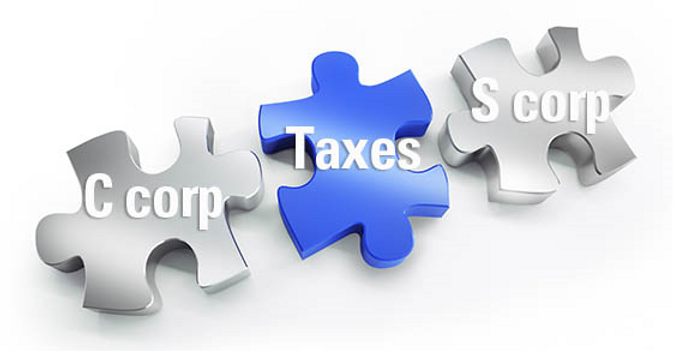Navigating tax complexities: Craft partnership agreements and LLC operating agreements with precision
by mdaniels124 on Sep 10, 2024 12:00:00 AM

Partnerships are often used for business and investment activities. So are multi-member LLCs that are treated as partnerships for tax purposes. A major reason is that these entities offer federal income tax advantages, the most important of which is pass-through taxation. They also must follow some special and sometimes complicated federal income tax rules.
Governing documents
A partnership is governed by a partnership agreement, which specifies the rights and obligations of the entity and its partners. Similarly, an LLC is governed by an operating agreement, which specifies the rights and obligations of the entity and its members. These governing documents should address certain tax-related issues. Here are some key points when creating partnership and LLC governing documents.
Partnership tax basics
The tax numbers of a partnership are allocated to the partners. The entity issues an annual Schedule K-1 to each partner to report his or her share of the partnership’s tax numbers for the year. The partnership itself doesn’t pay federal income tax. This arrangement is called pass-through taxation, because the tax numbers from the partnership’s operations are passed through to the partners who then take them into account on their own tax returns (Form 1040 for individual partners).
Partners can deduct partnership losses passed through to them, subject to various federal income tax limitations such as the passive loss rules.
Special tax allocations
Partnerships are allowed to make special tax allocations. This is an allocation of partnership loss, deduction, income or gain among the partners that’s disproportionate to the partners’ overall ownership interests. The best measure of a partner’s overall ownership interest is the partner’s stated interest in the entity’s distributions and capital, as specified in the partnership agreement. An example of a special tax allocation is when a 50% high-tax-bracket partner is allocated 80% of the partnership’s depreciation deductions while the 50% low-tax-bracket partner is allocated only 20% of the depreciation deductions.
Any special tax allocations should be set forth in the partnership agreement. However, to make valid special tax allocations, you must comply with complicated rules in IRS regulations.
Distributions to pay partnership-related tax bills
Partners must recognize taxable income for their allocations of partnership income and gains — whether those income and gains are distributed as cash to the partners or not. Therefore, a common partnership agreement provision is one that calls for the partnership to make cash distributions to help partners cover their partnership-related tax liabilities. Of course, those liabilities will vary, depending on the partners’ specific tax circumstances. The partnership agreement should specify the protocols that will be used to calculate distributions intended to help cover partnership-related tax bills.
For instance, the protocol for long-term capital gains might call for distributions equal to 15% or 20% of each partner’s allocation of the gains.
Such distributions may be paid out in early April of each year to help cover partners’ tax liabilities from their allocations of income and gains from the previous year.
Contact us for assistance
When putting together a partnership or LLC deal, tax issues should be addressed in the agreement. Contact us to be involved in the process.
You May Also Like
These Related Stories

Understanding taxes on real estate gains:

Reasons an LLC might be the ideal choice for your small to medium-size business

